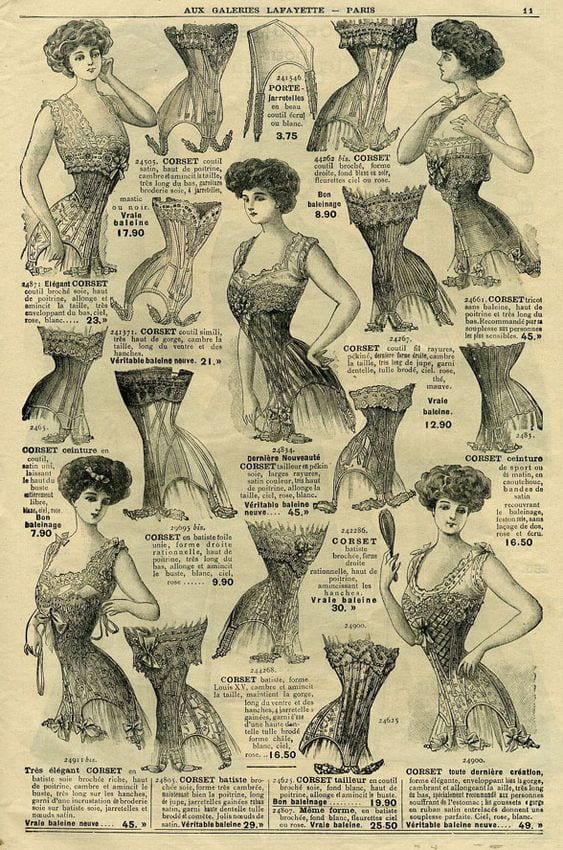The corset first became popular in sixteenth-century Europe, reaching the zenith of its popularity in the Victorian era. While the corset has typically been worn as an undergarment, it has occasionally been used as an outer-garment; corsets as outer-garments can be seen in the national dress of many European countries.
The most common and well-known use of corsets is to slim the body and make it conform to a fashionable silhouette. For women, this most frequently emphasizes a curvy figure by reducing the waist and thereby exaggerating the bust and hips.
Although the waist is a fashion for women, or a tool to express sex, but in fact it hurts the human body very much. It can change a person’s rib bones, oppress the internal organs, and even affect fertility.
Tight lacing over a long period of time does cause the size of the wearer’s waist to shrink as the internal structure of the body shifts to accommodate the constriction. The effect of tight restriction on the lungs was particularly troubling; the lower lobes of the lungs are prevented from expanded fully when taking a breath, resulting in extra strain. This exacerbated lung conditions such as tuberculosis and pneumonia, which effect the lower lungs first, making the condition much more serious — and both illnesses were much more prevalent before the invention of vaccines in the 20th century.
In this project, I will use a variety of fabrics to show the damage of the corset to the human body.
